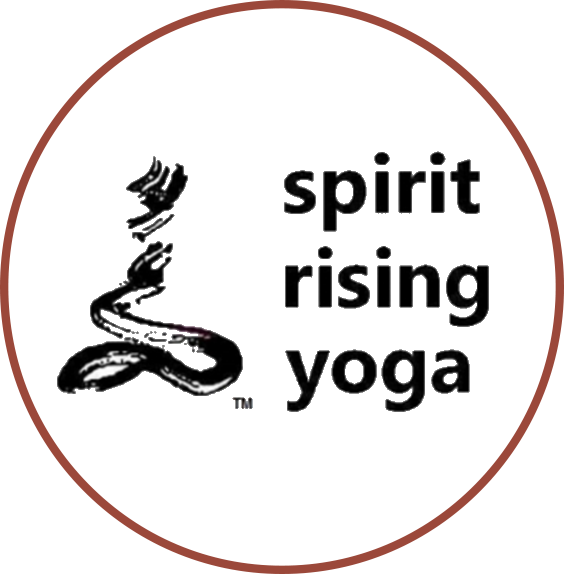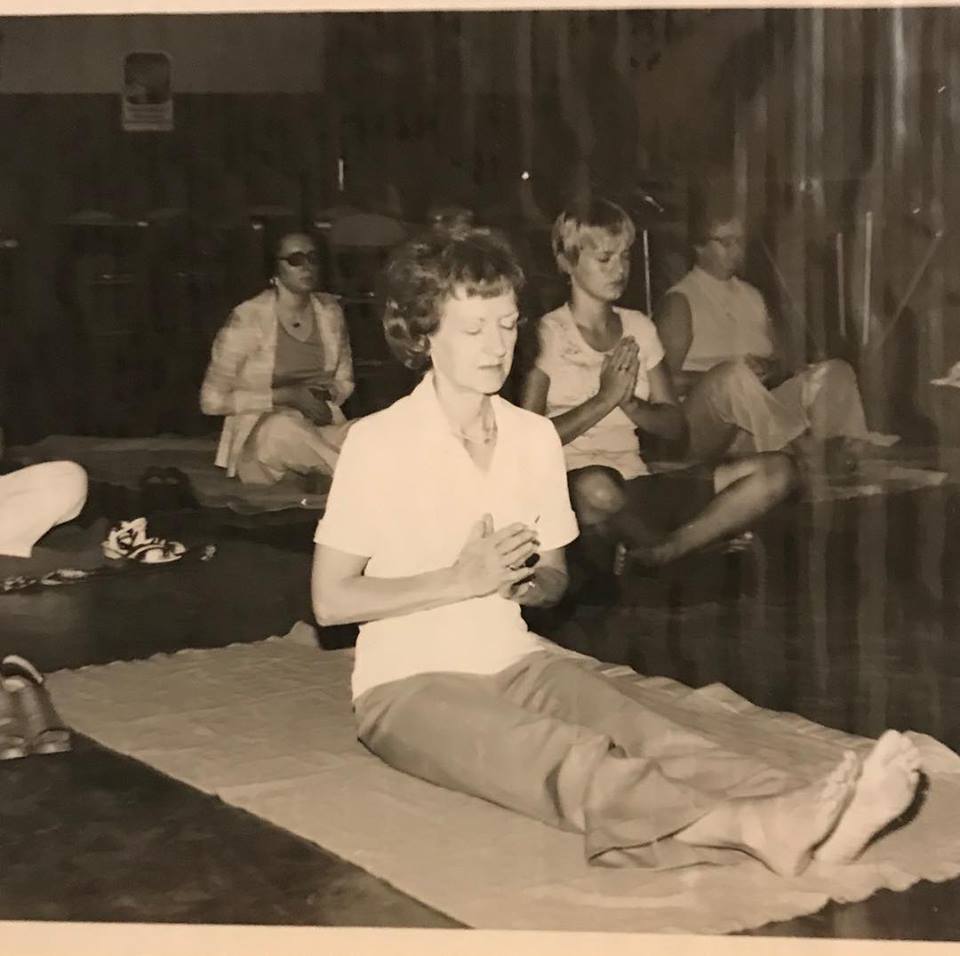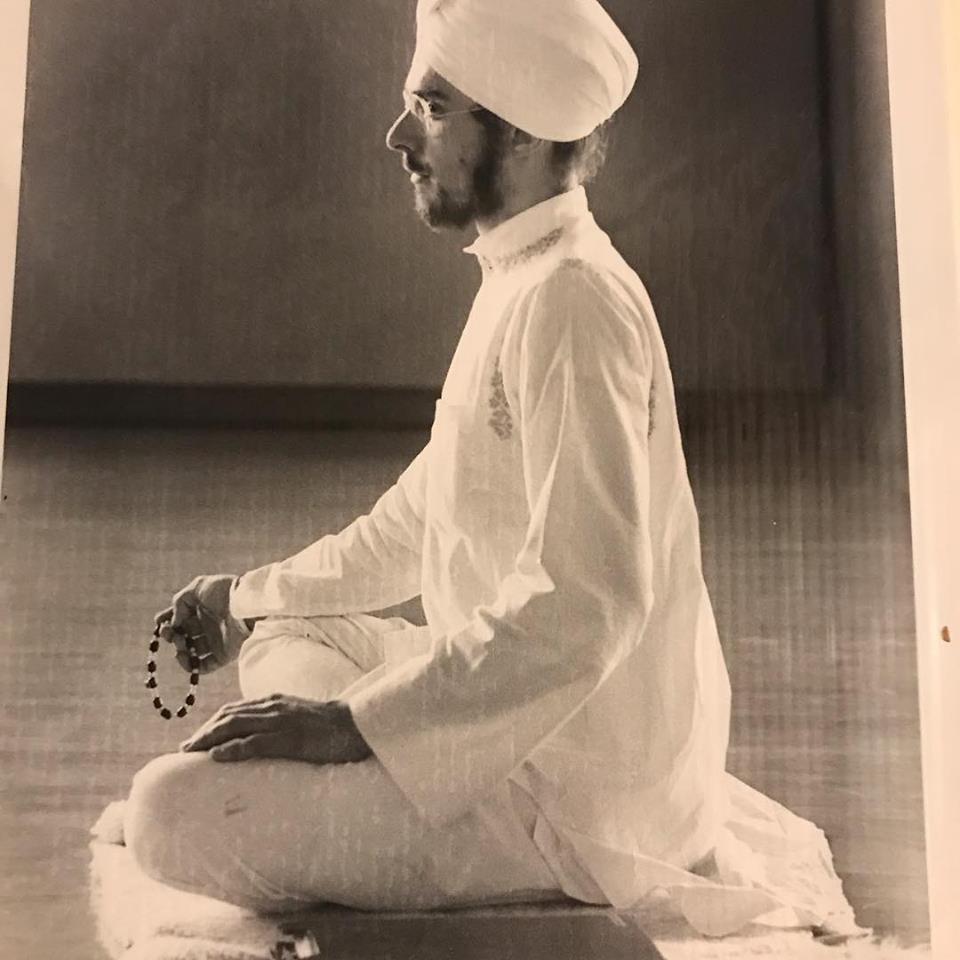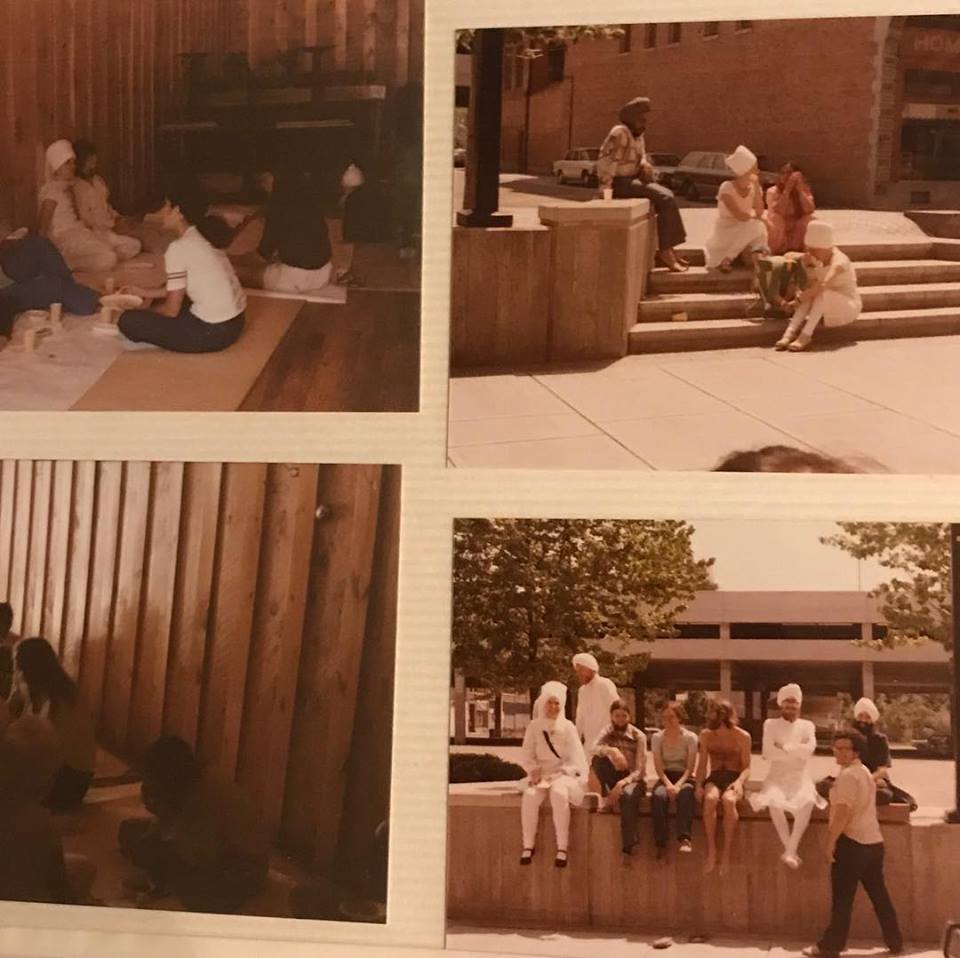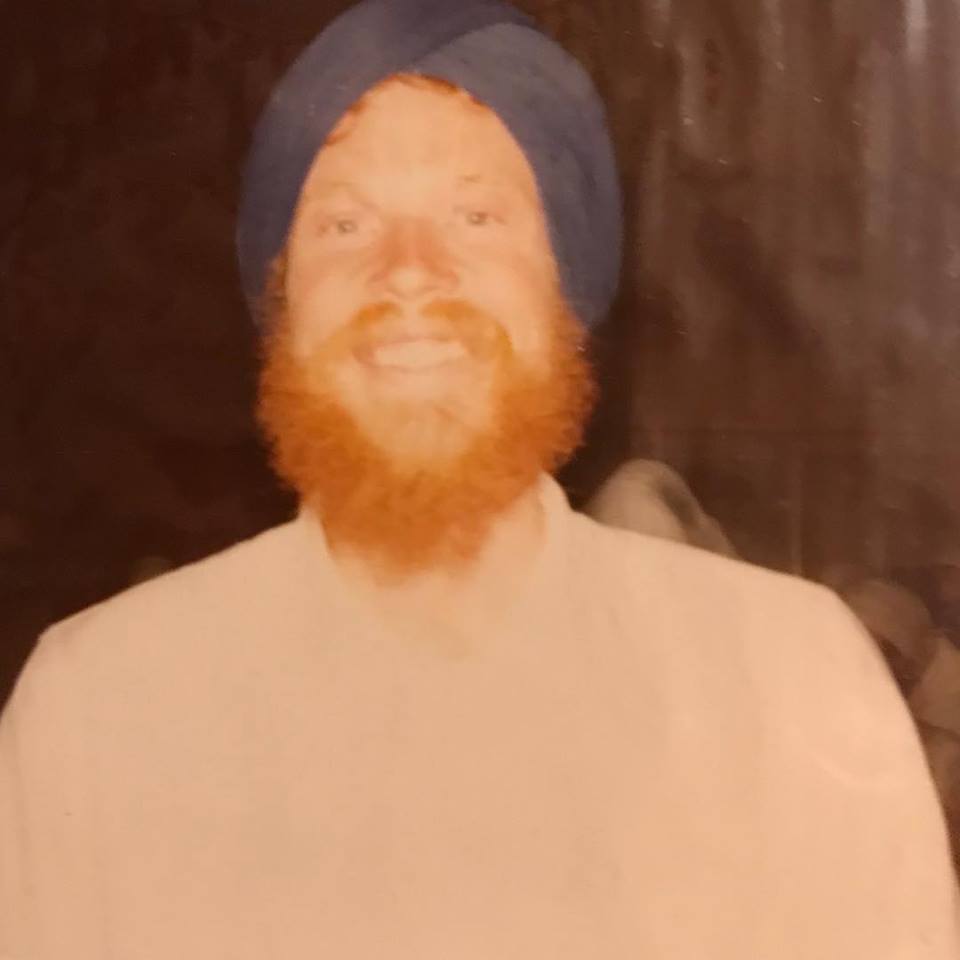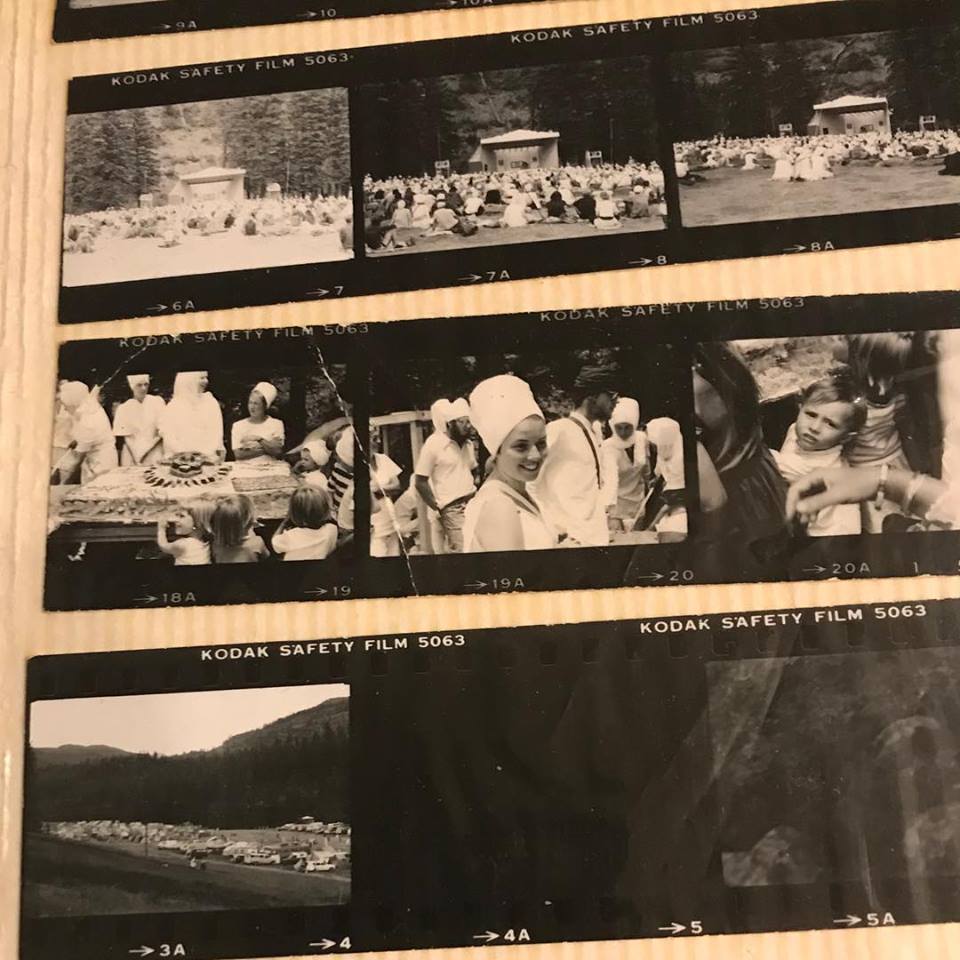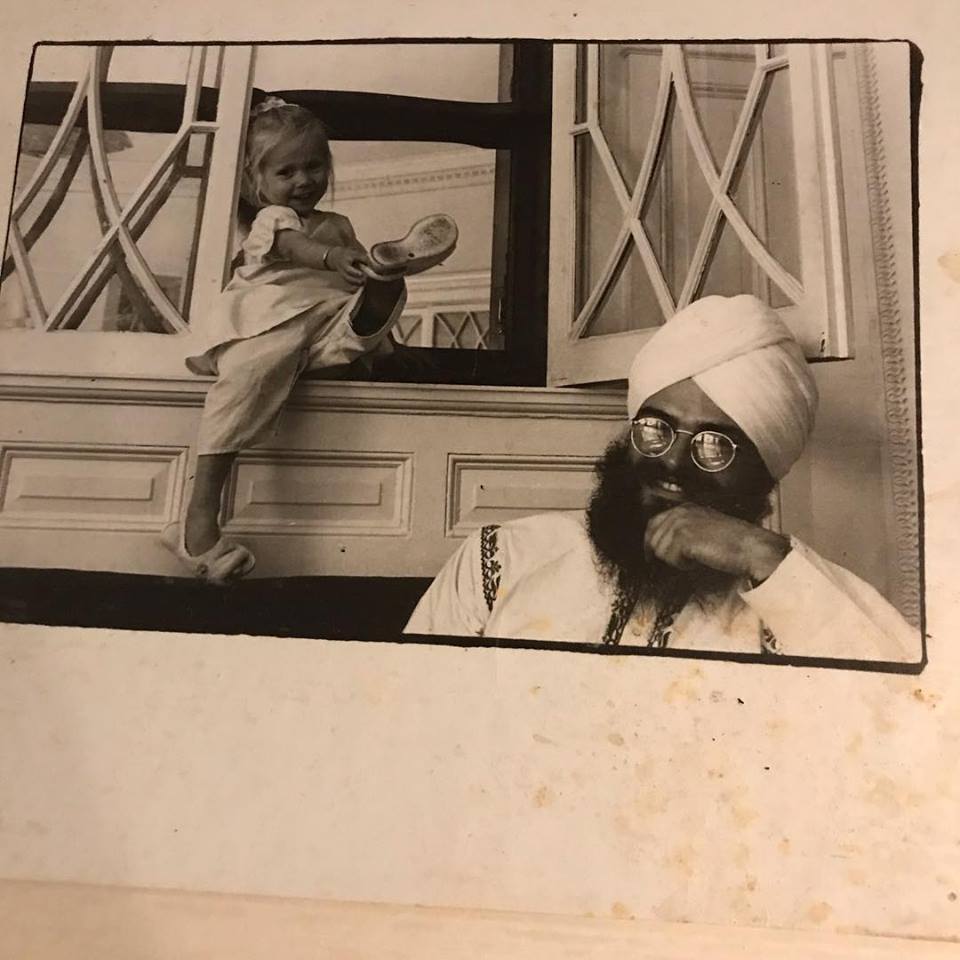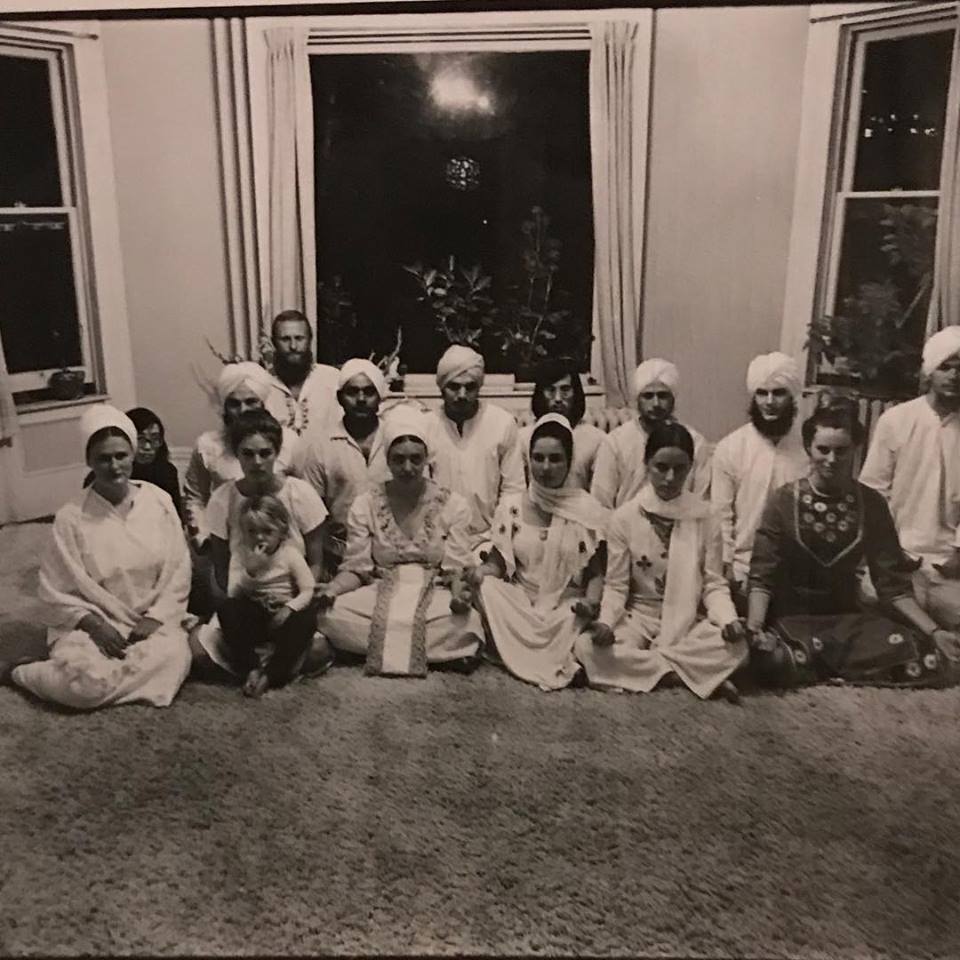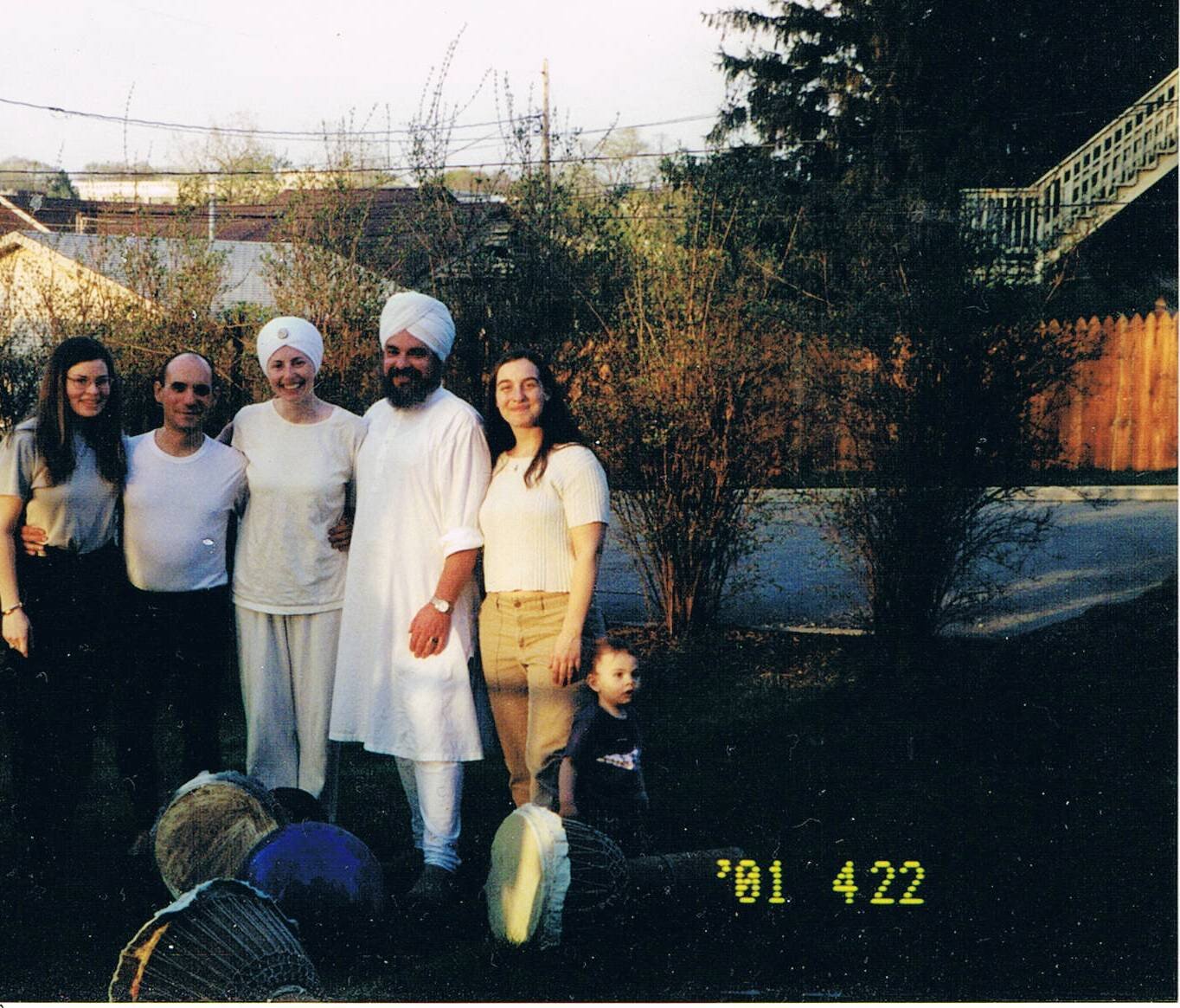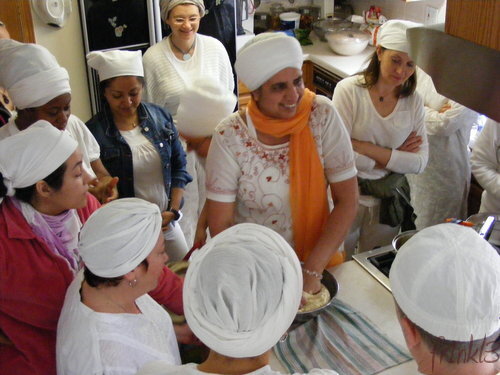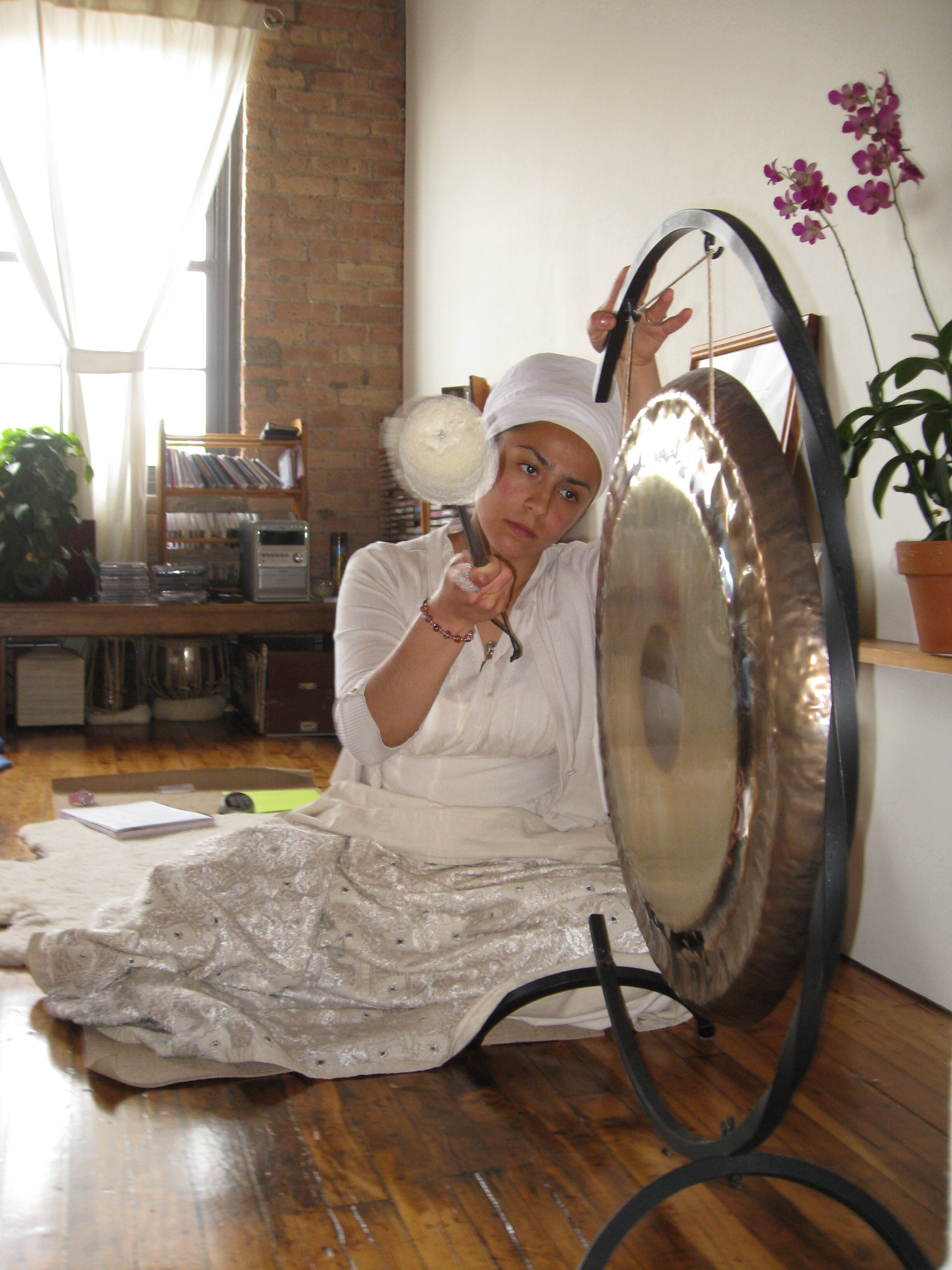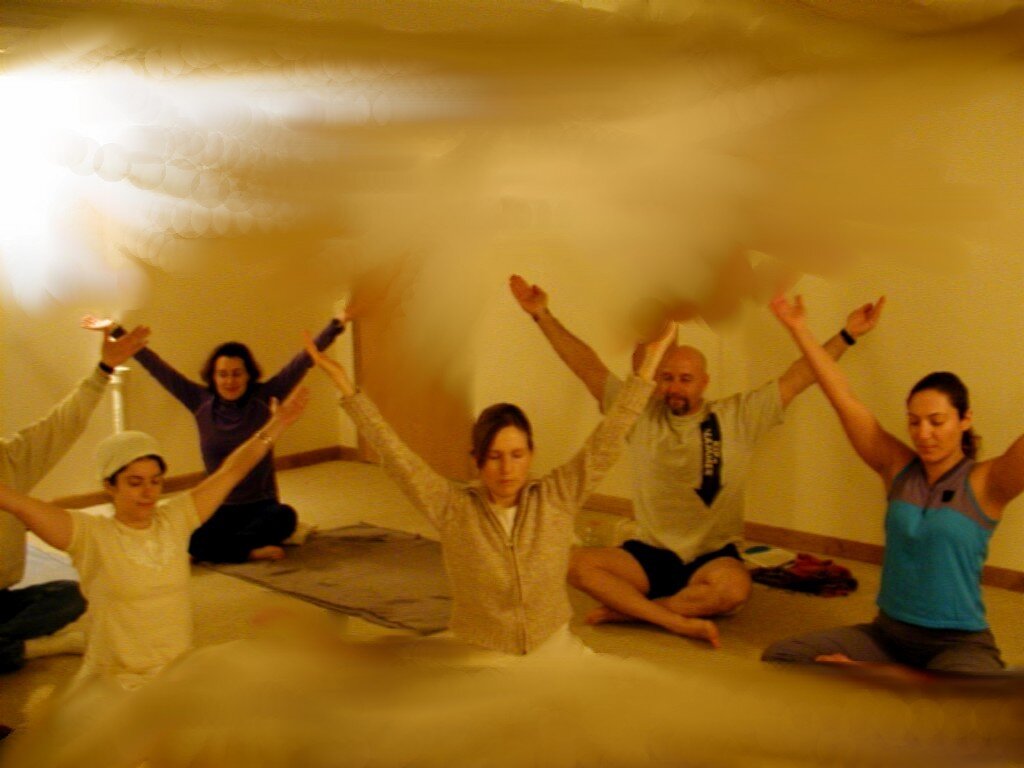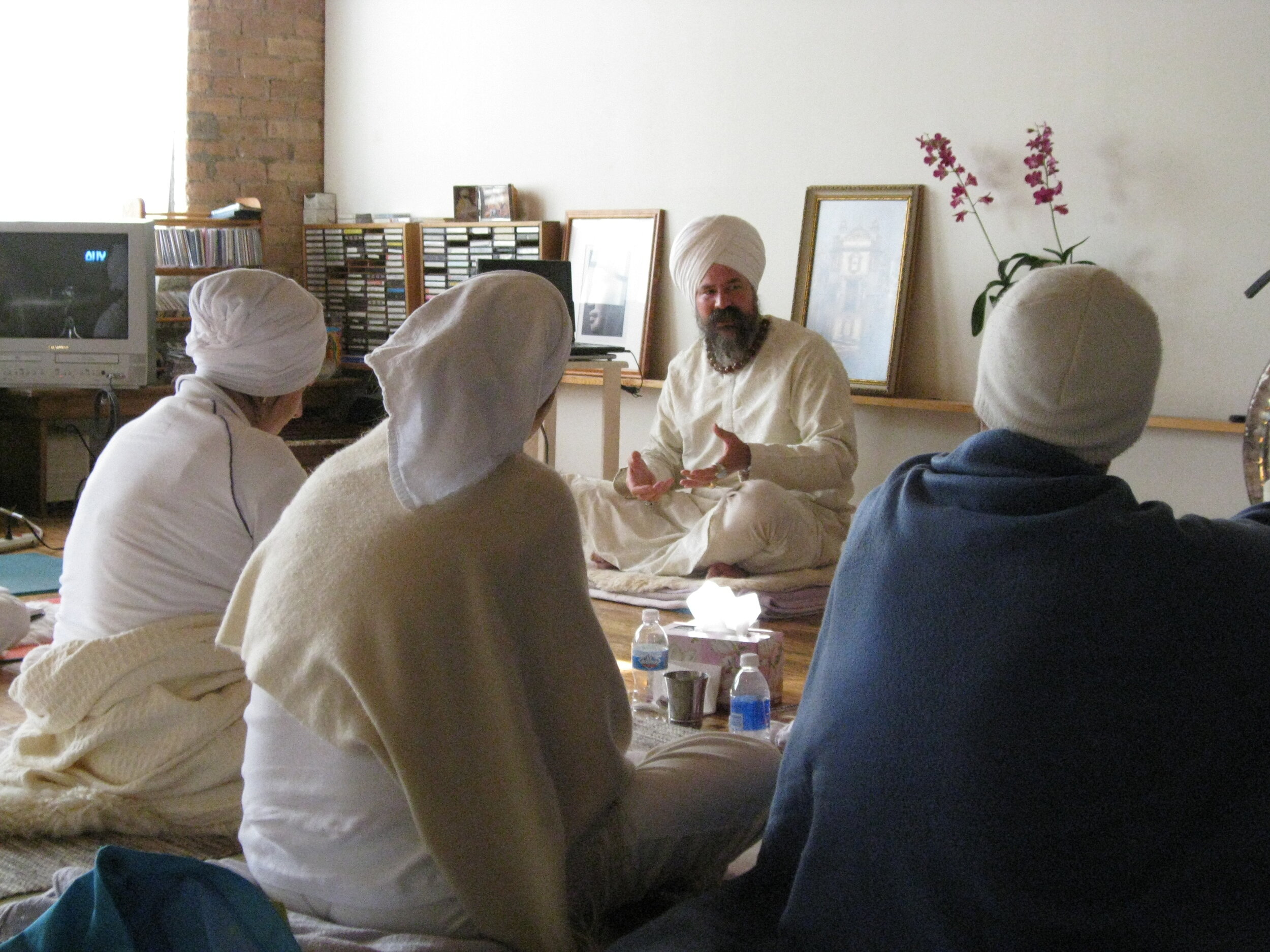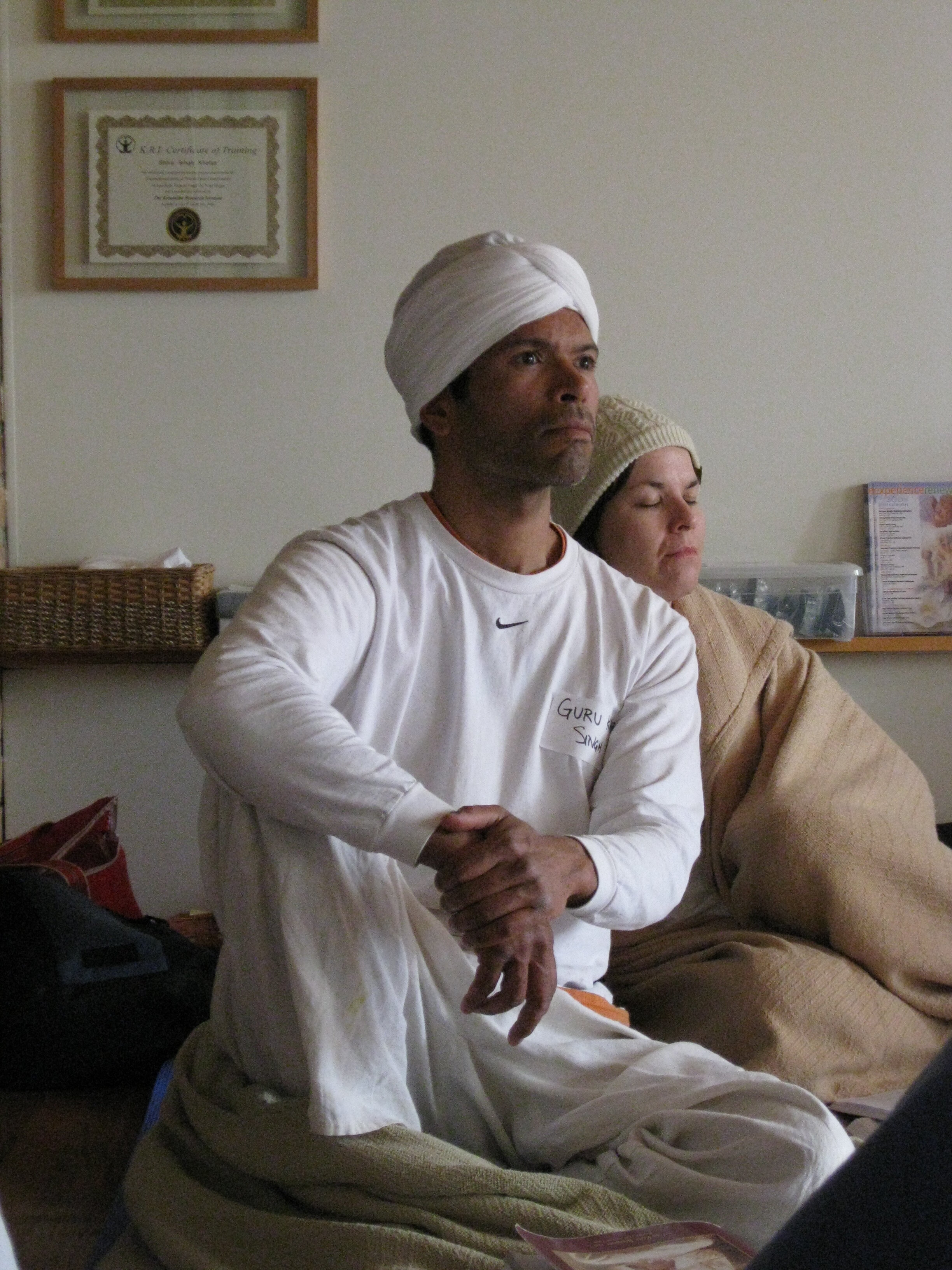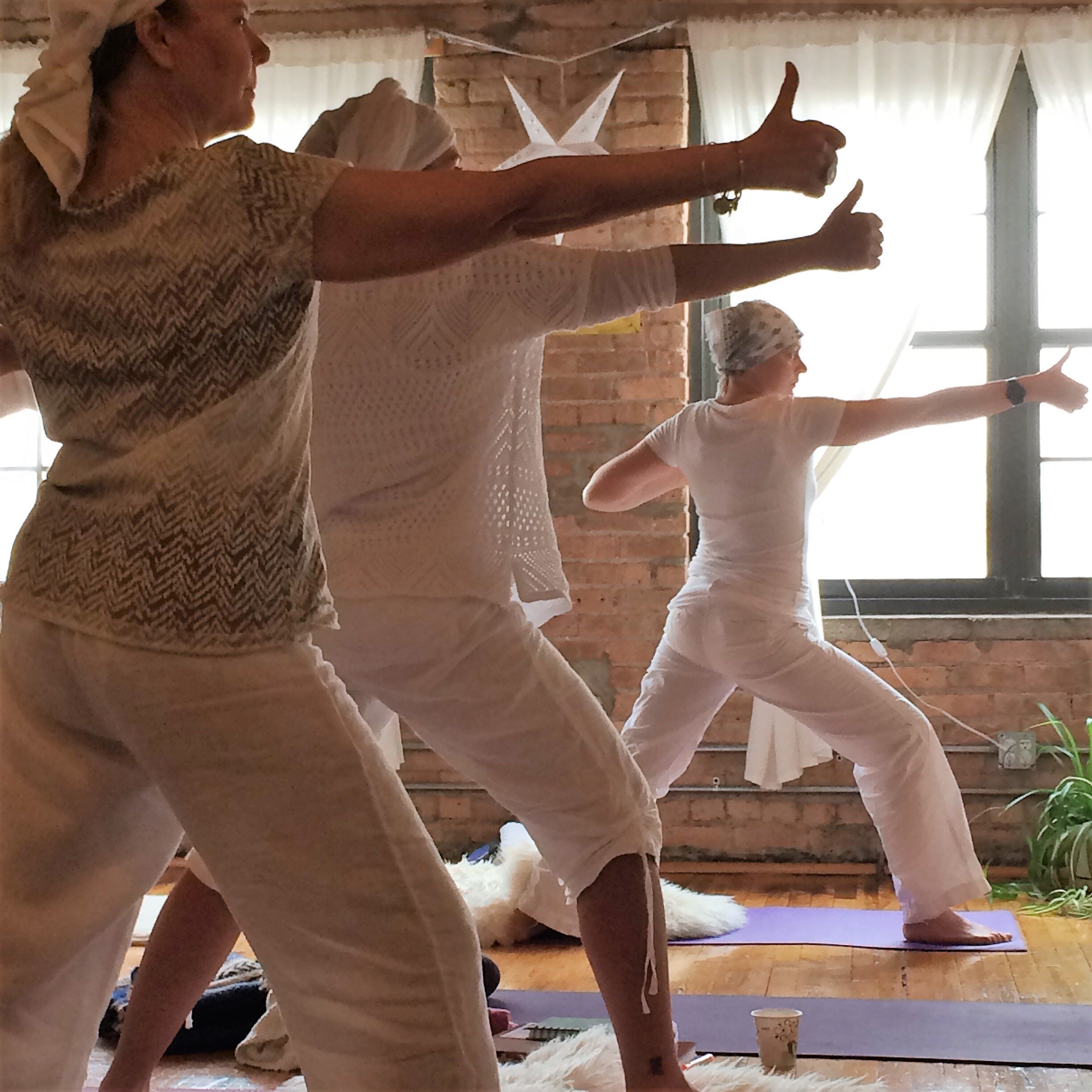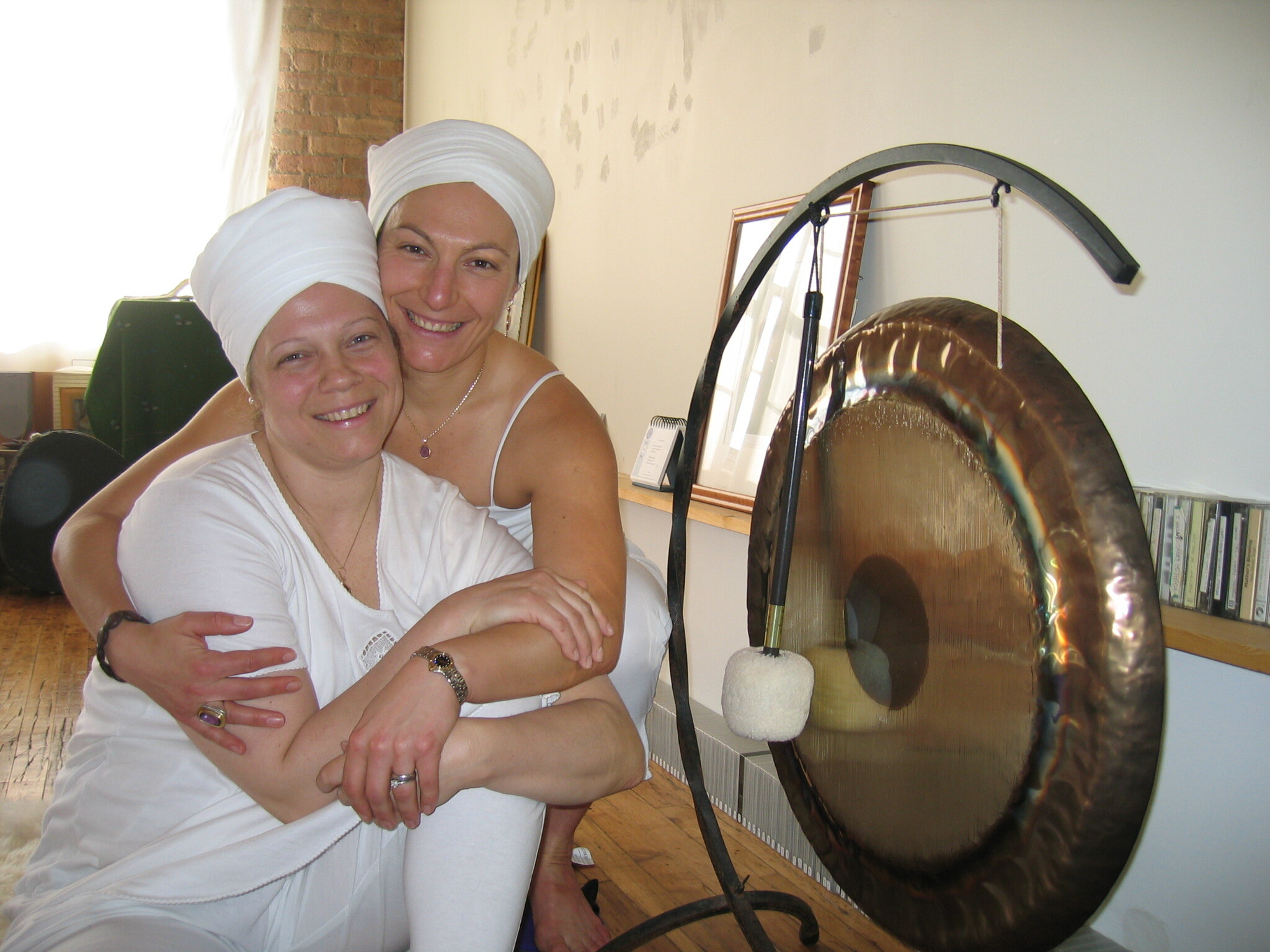Spirit Rising Foundation
Shiva Singh and Shabad Kaur Khalsa wanted to make Spirit Rising more than just their “small business”. They wanted to open the door to others in the community to inspire further engagement and a sense of stewardship for the teachings.
Spirit Rising Yoga Center is operated by Spirit Rising Foundation, a not-for-profit service-based business model with a mission: to share with all, the teachings of kundalini yoga and conscious living to allow a person to live in the ever-changing world, be active in society and to experience the ecstasy of consciousness. Spirit Rising Foundation offers to all the tools and opportunities for experience their happiness.
